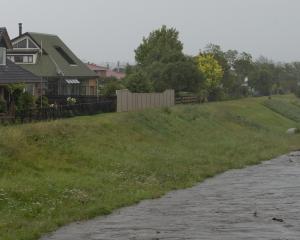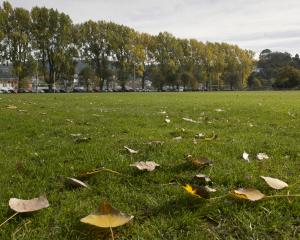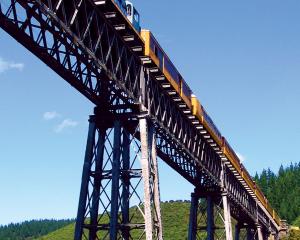The Dunedin City Council and owners of harbourside land earmarked for development have attacked, in submissions, Historic Places Trust plans to register the land as a ‘‘historic area''.
The trust received eight submissions - six against the proposal, one in favour and one neutral.
In the council's submission, chief executive Jim Harland expressed ‘‘disappointment'' at the trust's proposal and considered the council's own proposed district plan change 7 provided sufficient recognition, protection and enhancement of the harbourside's historical character.
The council's plan change allows for residential and commercial development in the area with apartments, bars, public walkways and tree-lined boulevards alongside industry.
Mr Harland raised concerns about how refurbishment of the Fryatt St wharf to make it safe for public use could be ‘‘reconciled'' with the requirements of a historic area.
He also noted there was a need to demolish buildings to make way for walkways and he was concerned historic area status might ‘‘impede'' council plans to upgrade the harbour arterial route.
Lawyer Maree Baker, acting for Chalmers Properties - the property arm of Port Otago which owns most of the land - said the trust move would ‘‘restrict and inhibit'' the use of various buildings.
Ms Baker considered various parts of the trust's registration report were ‘‘incorrect'', ‘‘deficient'', ‘‘unclear'' and ambiguous, that the trust had provided insufficient information and that ‘‘conflicting maps'' made it impossible to determine ‘‘the exact ambit of the proposed historic area''.
Te Runanga o Otakou supported the historic area, provided boundaries were amended to include and recognise the original foreshore area before reclamation.
The runanga's resource management planner Tim Vial submitted that Otepoti (Dunedin) had several waka landing sites including one near the Toitu Stream, at the bottom of High St.
Ancient trails (ara tawhito), seasonal settlements (nohoaka) and canoe mooring sites (tauraka waka) had been lost with the rapid reclamation of harbour land from the 1860s, which eventually covered 400ha of the harbour.
Kaan Properties, which owns four properties, considered the area did not have the required ‘‘aesthetic, archaeological, architectural, cultural, historic, scientific, social, spiritual, technological or traditional significance'' to be a historic area.
Farra Engineering chief executive John Whitaker objected to the historic area proposal because of the restrictions it could bring to the company's business.
‘‘We are engineers and we need to be able to respond to the needs of industry, not that of tourists.'' The submissions were provided to the Otago Daily Times in response to an Official Information Act request.
Area manager for the historic places trust Owen Graham said yesterday that the submissions would be in the hands of the board for a decision ‘‘no sooner than April''.












